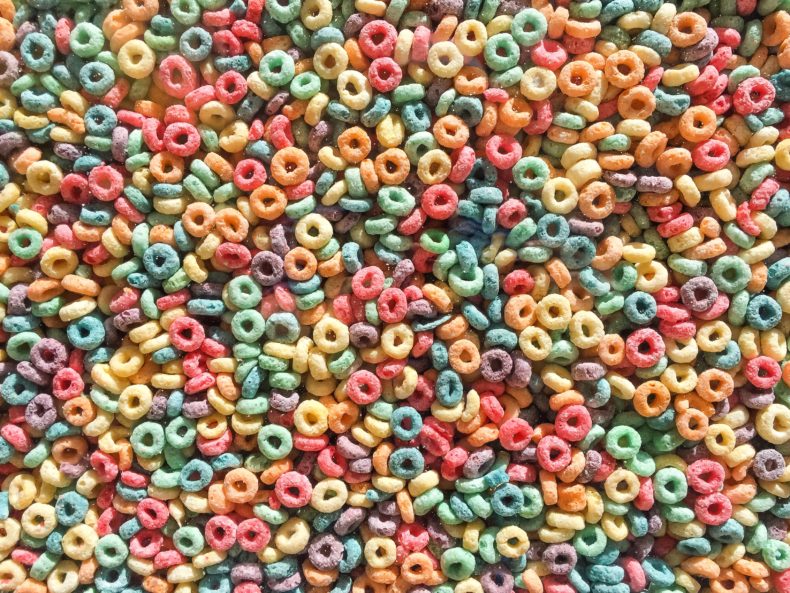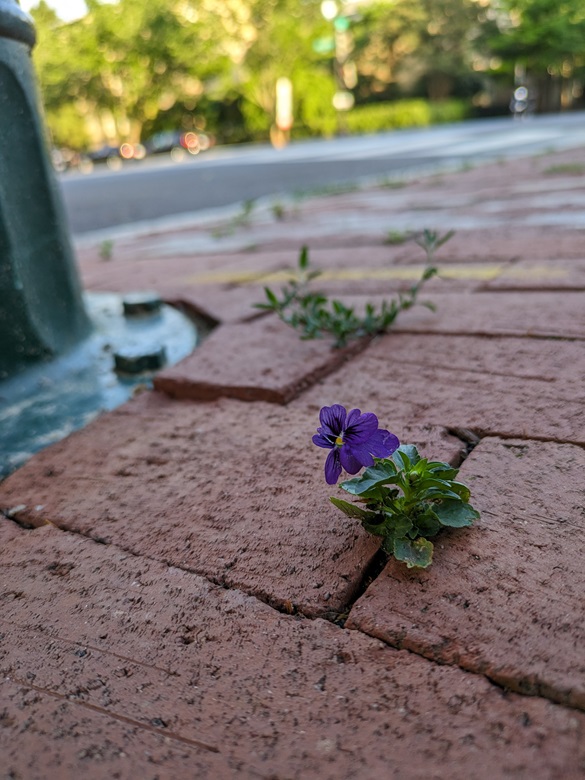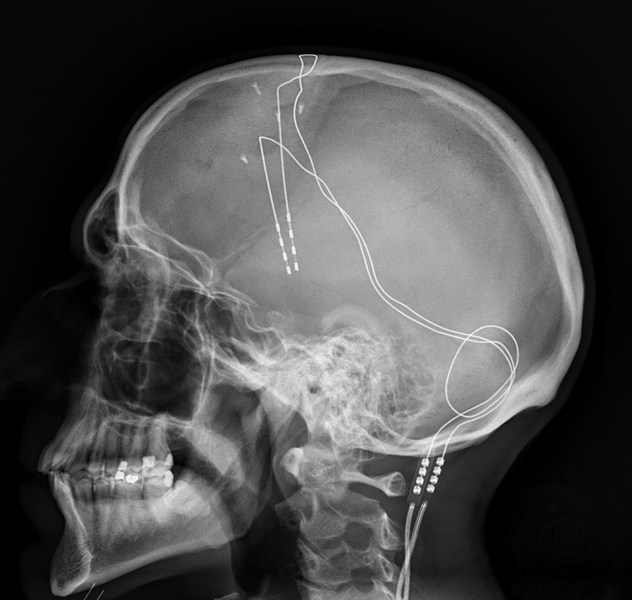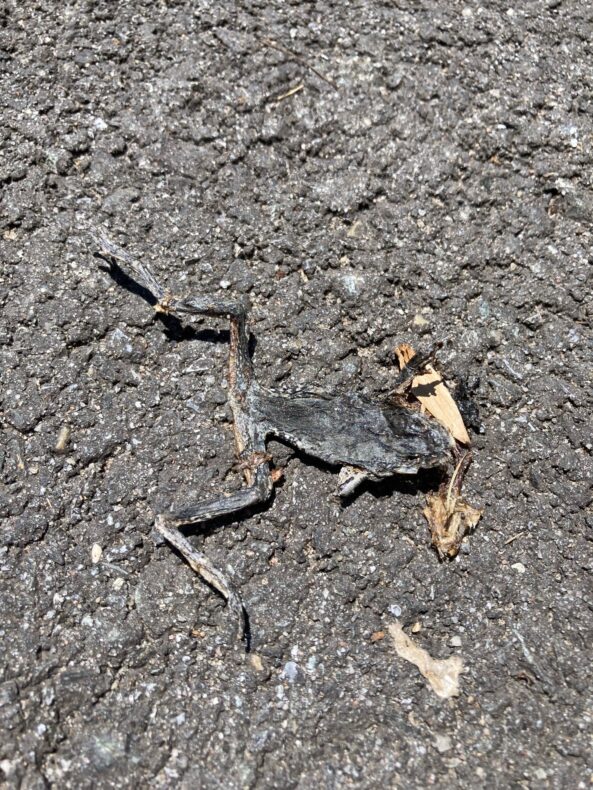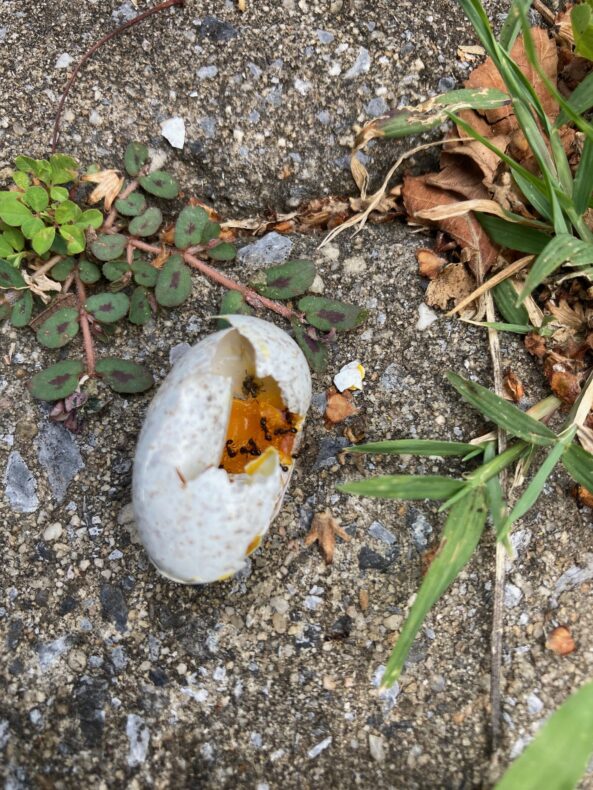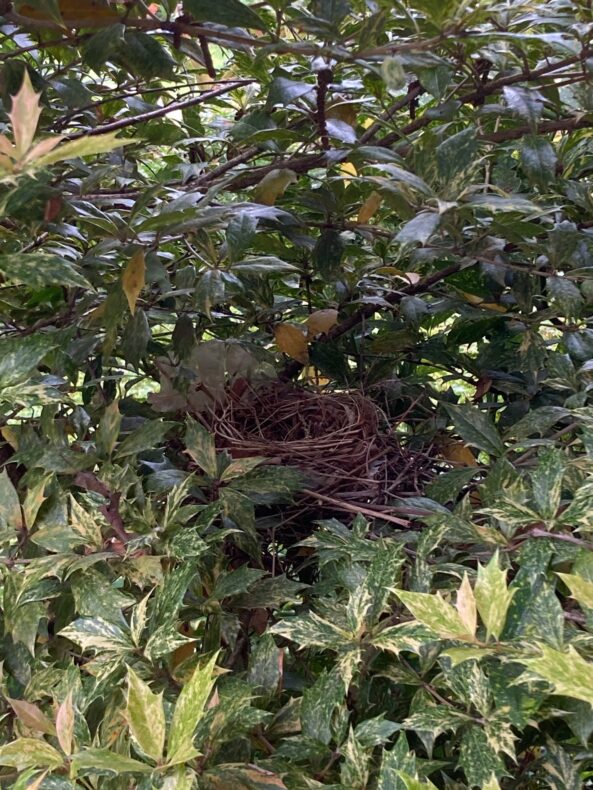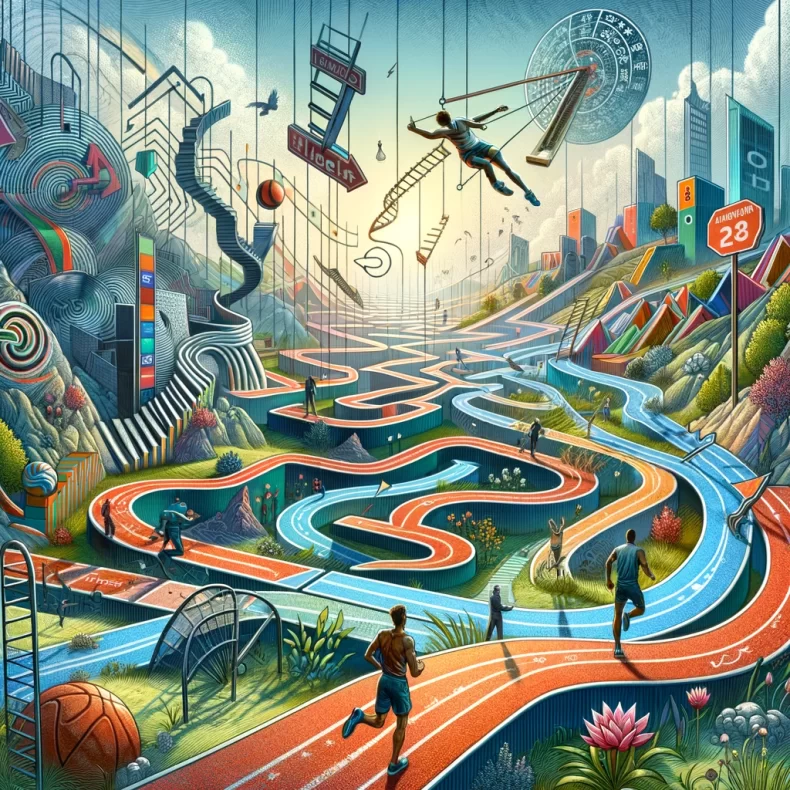Father’s Day. Many of the fathers of the People of LWON’s have died, some long ago, some recently; and some haven’t died at all and are entirely alive. We have things that belonged to them, we have things we want to ask them. This sounds like it might be sad but it’s not.
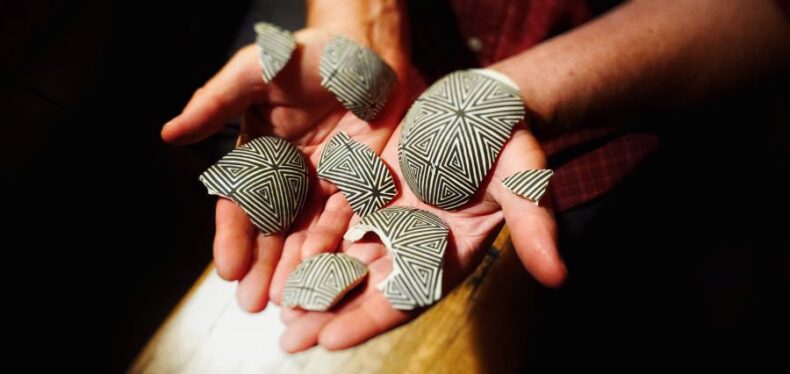
Helen:
Right now, almost anything can remind me of my dad. It’s only been 6 months since he died. I often have an instant of wanting to call or email him about something, before I remember. It’s tiny, just a split second of urge, of starting to reframe my observation or thought for him. A few weeks after he died, I started keeping a list and here are a few:
The old car sold for $1685! (12/20/23)
You were right about that elm tree at Wayne’s house – it broke and took out the power lines. (1/9/24)
What should I do about the water on the floor in the basement? (1/17/24)
What kind of car insurance should I get? (2/1/24)
What are your tips for catching mice? I know you had a system. (3/6/24)
Look at this cute Japanese manhole cover! (3/27/24)
Maybe you’d like to go see this musical with me! (5/7/24)
My car is parked under a cherry tree and the birds sit over it and it is a MESS. (6/2/24)
So now, dear reader, I’m telling you, I guess.
Craig:
On the bookshelf in the foyer is a stack of painted black-on-white potsherds. They are nested into each other and sit neatly between our wedding invitation and the replica skull of a saber-toothed smilodon. The sherds come from a small broken vessel, something I inherited from my father who died thirty years ago. He bought this contemporary Acoma vessel from a dealer in Santa Fe before it was broken, obviously, and I’ve carried it gently from move to move. It was a seed jar, a style with a small opening in the top allowing seeds to be shaken into the hand. This type is significant, probably more than my dad knew. In rubble-mound villages and ruined Pueblo towns around the Four Corners, seed jars date back more than a thousand years. They have been excavated from ancestral dwellings to the tune of one per household per generation, meaning these were pre-Columbian heirlooms. The one my dad bought had been produced in the late 1980’s and I’m guessing he paid a few hundred dollars for it. I must have brushed it when I was putting something away because it tipped over and fell four feet to the concrete floor. I remember the pop. It was a satisfying sound, and turned my blood cold. I gasped as it happened, but once it was done, it was done. There are some things you never get to do over. Some of the pieces, painted in precise black lines classic of Southwest Pueblo traditions, I put in the garden knowing I’d find them over the years, and maybe they’d keep turning up for centuries. The rest I stacked on this shelf so I would think of my dad and, with the bittersweetness of entropy, I’d smile.
Continue reading